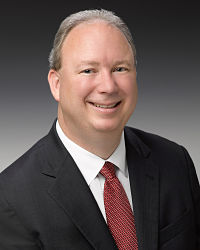
Michael P. Melaniphy is president and chief executive officer of the American Public Transportation Association (APTA) and president of the American Public Transportation Foundation. Melaniphy’s entire career has been in public transportation, with more than 30 years of both public and private sector leadership experience.
“As a kid growing up you had a binary choice: you were either a bus kid or you were a car kid. You were one of the two. And you look at today’s environment and it’s a multi-modal environment. We have evolved as a society to understand that now it’s about mobility choices…So as we look at what are the best utilizations of our scarce resources in a community, people are looking at the full assortment of choices, and as we look at the unbelievable growth that’s going to come in the population set of this nation we’ve found that paving our way to a solution is not the best choice.”
View this complete post...
Tags: 2015 Transportation Act, American Public Transportation Association, APTA, FAST Act, Michael Melaniphy, Transportation Act 2015
Posted in
Buses, Guests on The Infra Blog, High Speed Rail, Public Transportation, Rail, The Infra Blog, Transit
Comments Off on Guest on The Infra Blog: Michael Melaniphy, President & CEO, American Public Transportation Association (APTA)













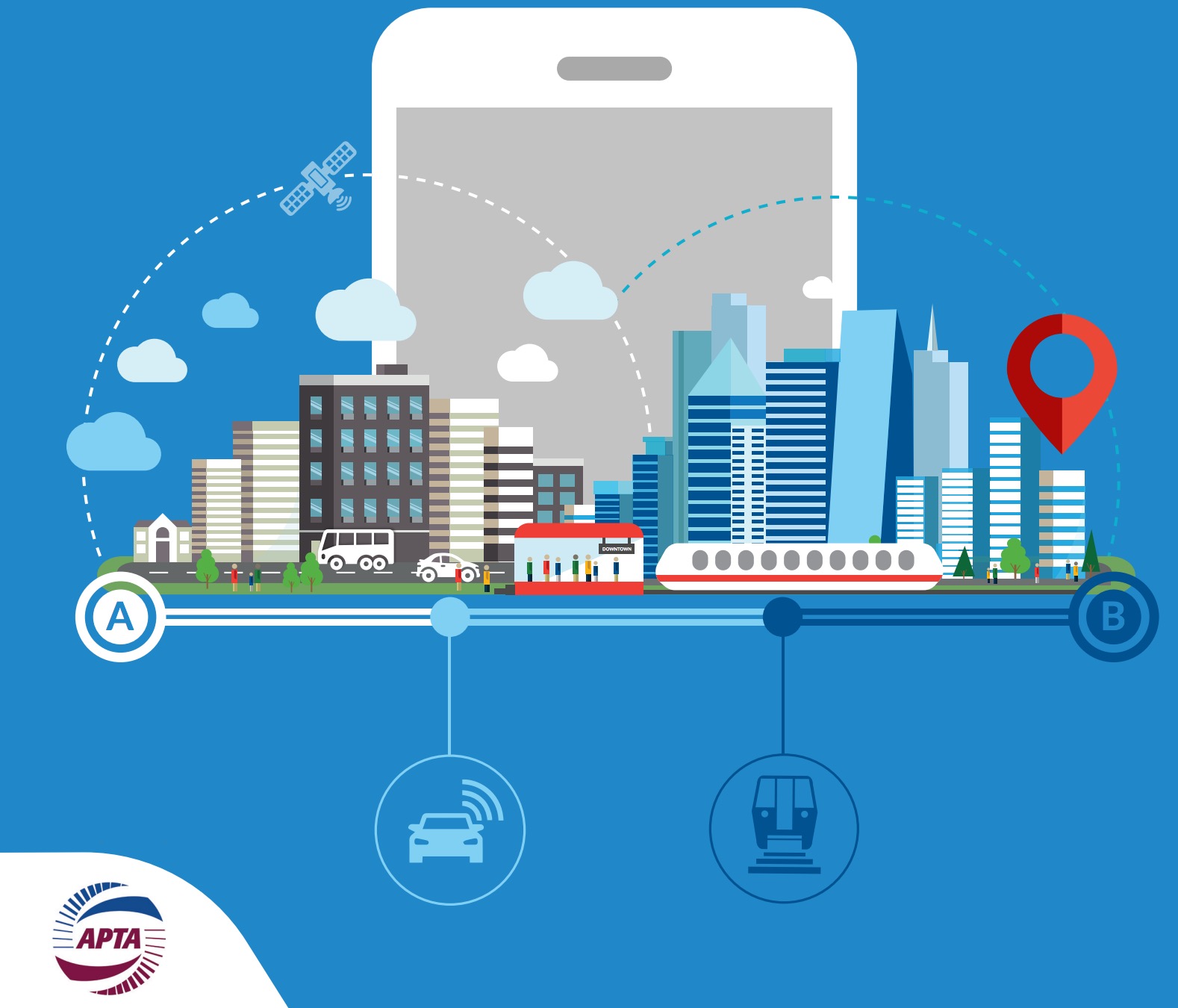
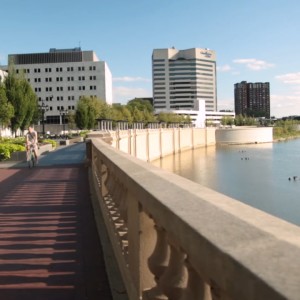

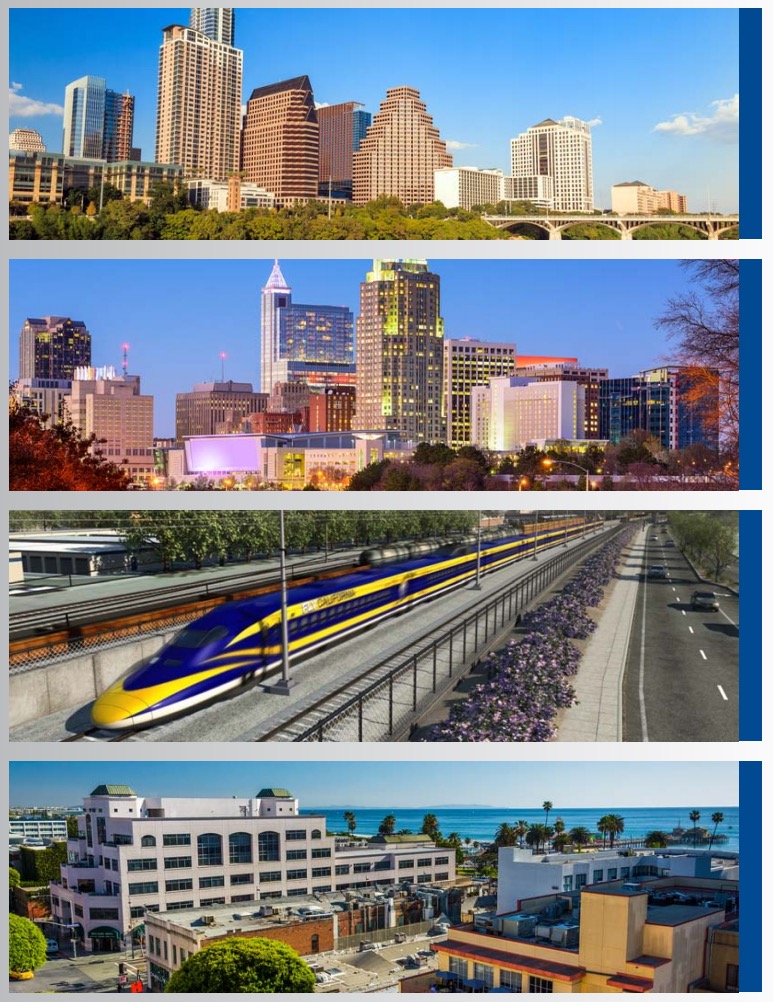
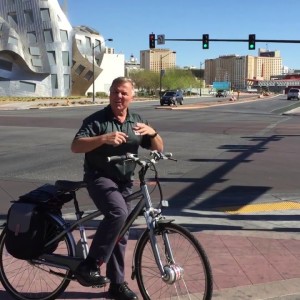
![Fig. 1. Fastest and simplest paths in primal and dual networks. (A) In the primal network of the New York City (NYC) metropolitan system, a simplest path (light blue) from 125th Street on line 5 (dark green) to 121st Street on line J (brown) differs significantly from a fastest path (gray). There is only one connection for the above simplest path (Brooklyn Bridge–City Hall/Chambers Street) in Lower Manhattan. In contrast, the above fastest path needs three connections (5→F→E→J). We compute the duration of this path using travel times from the Metropolitan Transportation Authority (MTA) Data Feeds (see Materials and Methods). We neglect walking and waiting times. (B) In the dual space, nodes represent routes [where ACE, BDFM, and NQR are service names (49)], and edges represent connections. A “simplest path” in the primal space is defined as a shortest path with the minimal number of edges in the dual space (light-blue arrow). It has a length of C = 1 and occurs along the direct connection between line 5 (dark-green node) and line J (brown node). The above fastest path in the primal space has a length of C = 3 (gray arrows) in the dual space, as one has to change lines three times. [We extracted the schematic of the NYC metropolitan system from a map that is publicly available on Wikimedia Commons (45).]](https://www.infrastructureusa.org/wp-content/uploads/2016/03/transitsystems.jpg)
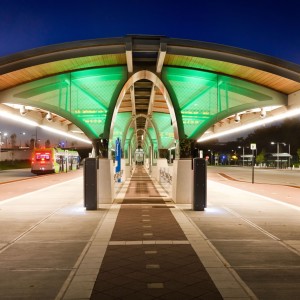
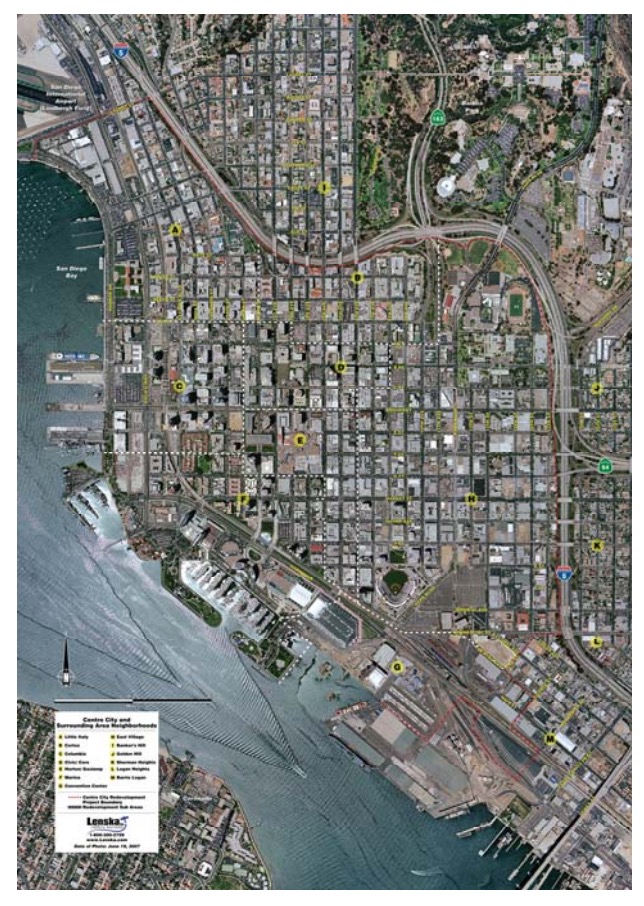


 RSS Feed
RSS Feed